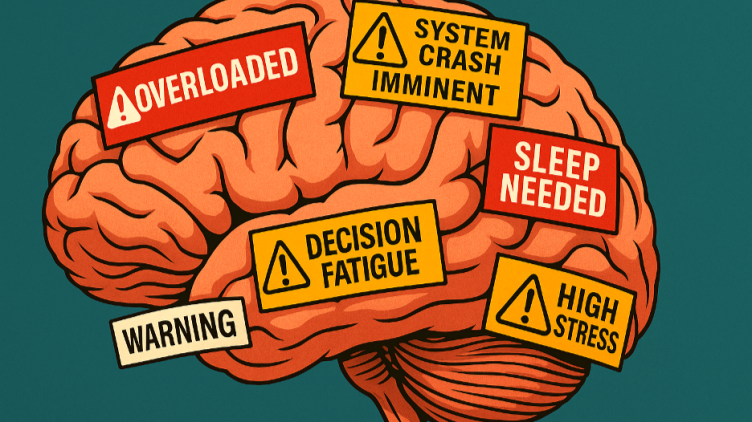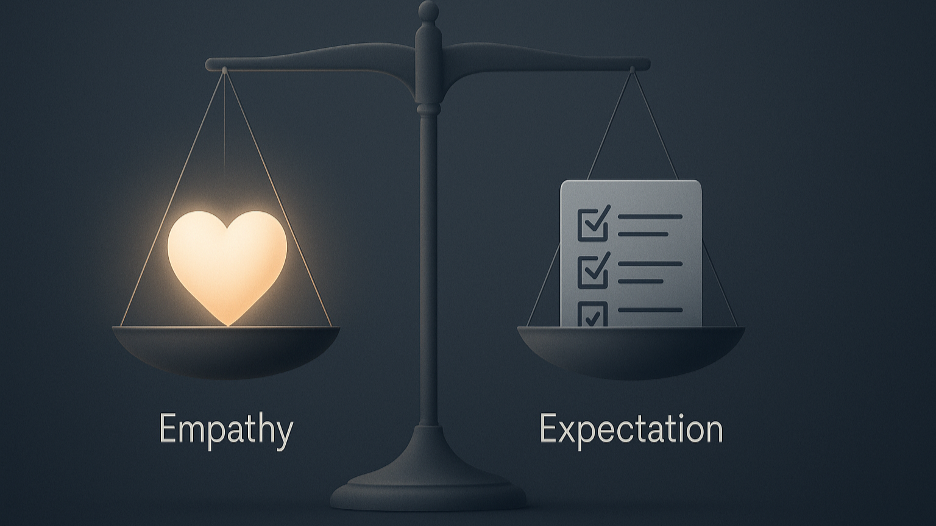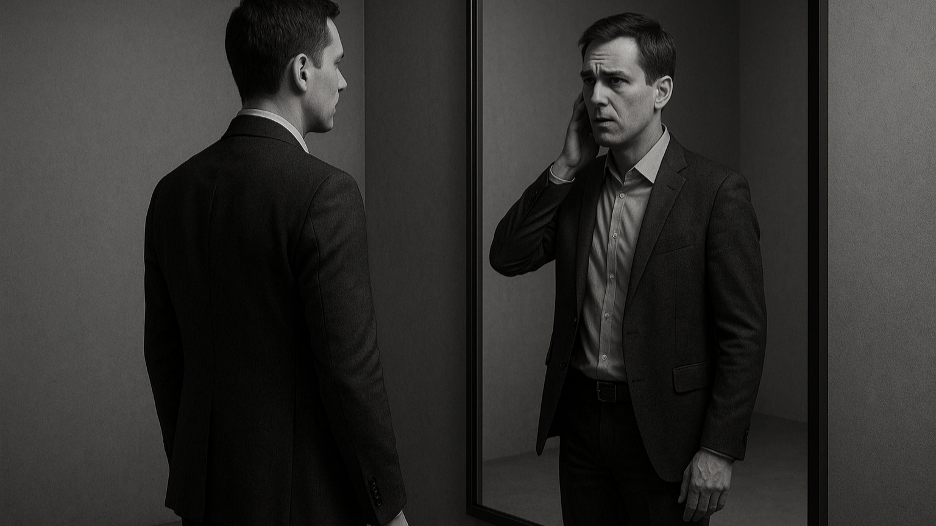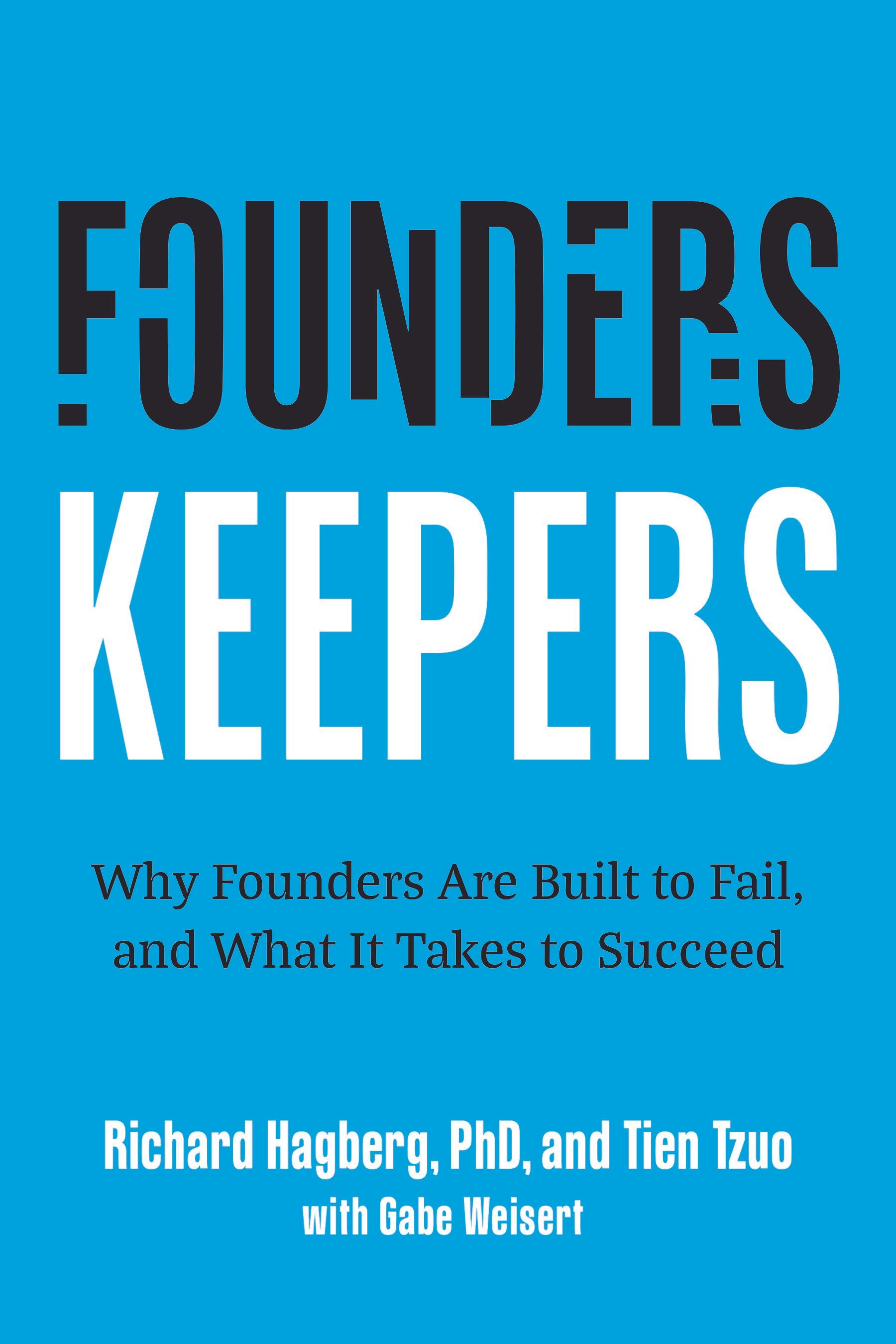Article
The Invisible Enemy: Why So Many Founders Are Burning Out (And How to Fight Back)

Hey fellow founders,
You started your venture with fire in your belly, a vision in your mind, and a relentless drive. But that same ambition can be your undoing. Burnout isn't a badge of honor; it's a silent enemy impacting countless founders. It creeps up, leaving you dreading the work you once loved, feeling numb, and wondering where the passion went. Research confirms: founder burnout isn't just personal; it's a systemic risk that can derail your business, impair judgment, and lead to failure. Let's explore why this happens and, more importantly, what you can actually do about it.
The Crucible: Why Founders Are So Prone to Burnout
You’re not imagining it – the entrepreneurial journey is a unique pressure cooker.
1. The "Always-On" Culture is a Trap: The "Always-On" culture glorifies constant hustle, leading to prolonged hours and an inability to disconnect. This self-perpetuating cycle discourages self-care; many founders operate beyond healthy limits. Karan Raghani, a Bengaluru founder, captured this, posting "Bengaluru is burnt out," citing endless traffic, "nap blocks," and the daily struggle of hailing autos. This global symptom pushes founders past their limits. Matt Vitale, co-founder of Australia's Birchal, stepped down as CEO, admitting he was "a bit broken" after eight years, realizing he'd "pushed past [his] limit" and needed to prioritize health.
2. Financial Pressure is Relentless: The constant worry about securing funding, making payroll, and simply keeping the lights on is a massive emotional drain. A significant percentage of founders report high stress about their startup's future, with fear of failure and access to funding as top stressors. This isn't just business; it's deeply personal, amplifying anxiety and impacting decision-making.
3. Decision Fatigue is Real: As a founder, you're making critical, high-stakes decisions all day, every day, often with limited resources and in ambiguous environments. This constant barrage leads to "decision fatigue," a physical, mental, and emotional depletion that directly impacts your productivity, revenue, and profit. It can even manifest as "decision paralysis."
4. The Isolation Factor: Entrepreneurship is incredibly lonely. Many founders hide their stress, even from co-founders, exacerbating mental health issues and leading to isolation. This cycle impairs judgment and strains relationships. Hind Hobeika, Instabeat founder, felt profound isolation as a sole founder, working incessantly, neglecting self-care, and gaining weight. Andrew Dubowec, founder of "openmind," battled major clinical depression due to social isolation and remote work pressure. Matt Vitale warned mental health is an "invisible fight." Matt Munson, a CEO who faced immense personal tragedies while running his startup, described waking at 3 AM with dread, feeling "disconnected from purpose, work, play, and other people. I felt alone and like it was all on my shoulders."
5. Hypergrowth's Hidden Cost: While rapid expansion (40%+ annual revenue growth) sounds amazing, it can paradoxically lead to operational strain, decision fatigue, and widespread team exhaustion if your systems and structure don't keep pace. What works for 100 customers will break down at 10,000.
The Silent Toll: What Burnout Does to You (and Your Business)
The impact of burnout isn't just "feeling tired." It's a full-body, full-mind assault with serious consequences:
- Mental & Emotional: Persistent fatigue, impaired decision-making, loss of motivation, emotional detachment, increased irritability, and a spiraling sense of self-doubt. Chronic stress can show up as waking at 3 AM for nights on end, constant headaches, or becoming an exaggerated version of yourself – "too much" of your own personality. A shocking 72% of founders report mental health problems, with many struggling with anxiety, burnout, and panic attacks. Seven out of ten entrepreneurs battle depression weekly.
- Physical: Constant headaches, disrupted sleep, stomach issues, and changes in appetite. Chronic sleep deprivation, a common founder affliction, directly impairs brain function, leading to costly errors and diminished mental sharpness. Hind Hobeika's experience of gaining weight and barely sleeping due to hyper-focus illustrates this physical toll.
- Personal Life: Burnout seeps into your personal life, straining relationships. Founders spend significantly less time with spouses, children, and friends/family, often reporting high levels of loneliness. Matt Munson's feeling of being disconnected from loved ones highlights this profound impact.
- Business Impact: Delayed product launches, missed market opportunities, and a significant decline in team morale. Fatigued leadership is linked to a measurable drop in productivity, revenue, and profit. During hypergrowth, burnout contributes to increased employee attrition and poor decision-making, ultimately elevating the risk of startup failure.
Fighting Back: Your Action Plan for Sustainable Leadership
So, how do you break free from this cycle? It's not about working less, but working smarter and healthier.
1. Master the Art of Strategic Delegation: Your Ultimate Multiplier
This is where most founders stumble. We know we should delegate, but we struggle. Why?
- Perfectionism & Control: You believe no one can do it as well as you can.
- Lack of Trust: You don't fully trust your team's performance.
- Fear of Mistakes: The thought of someone else making a mistake feels like a direct threat to your "baby."
- Identity Tied to Execution: Your self-worth is wrapped up in doing everything yourself.
The Fix:
- Shift Your Mindset: From Doer to Leader. Your primary role isn't to execute every task, but to grow people and the business. Define what only you can do (your unique vision and energy) and strategically delegate everything else.
- Implement an Accountability Chart. This isn't just an org chart. It defines functions and clear ownership – "one seat, one name" for each critical area. This clarity makes delegation easier, growth manageable, and frees up your time.
- Use the "3-Part Delegation Brief." For every delegated task, provide: The Outcome (what success looks like, why it matters, metrics); The Context (who it's for, its place in the bigger picture, common pitfalls); and The Resources (examples, templates, access, point of contact).
- Pro Tip: The "3 Times" Rule. If you've done a task three times, systematize or delegate it. Document procedures, use video tutorials (Loom!), and build an internal knowledge base.
- Build Trust Incrementally. Start with simple tasks. Foster a culture where mistakes are learning opportunities, not reasons for blame. Implement structured check-ins, focusing on removing roadblocks, not micromanaging.
2. Cultivate Personal Resilience: Your Non-Negotiables
Your well-being isn't a luxury; it's a strategic imperative for long-term success.
- Prioritize Sleep. Aim for 7-8 hours a night. Chronic sleep deprivation impairs judgment, decision-making, focus, and emotional regulation, leading to costly errors. Elon Musk, Jeff Bezos, and Richard Branson emphasize prioritizing self-care and taking breaks.
- Move Your Body & Fuel It Well. Regular physical activity manages stress hormones and enhances mental clarity. Healthy nutrition provides sustained energy. Even short breaks and yoga help. Mark Cuban manages anxiety through exercise.
- Set and Enforce Boundaries. Define specific work hours and stick to them. Communicate these boundaries to your team and family. Use "Do Not Disturb" modes and automated responses. Create a dedicated workspace and a routine to signal the end of your workday. Bill Gates has spoken about work-life balance.
- Embrace "Work-Life Integration." For founders, strict "balance" is often unrealistic. Instead, aim for integration, blending responsibilities flexibly while maintaining clear boundaries and disciplined digital habits.
- Cultivate Mental Fortitude.Mindfulness: Daily meditation or short mindfulness breaks re-center your mind and reduce reactivity to stress. Oprah Winfrey credits daily meditation and gratitude journaling for managing depression and anxiety. Apps like Calm and Headspace can guide you.Know Your Triggers: Recognize your individual stress signals early – whether it's 3 AM wake-ups, irritability, or stomach issues. Proactive intervention is key.Reconnect with Purpose: Remind yourself of the core purpose and values that initially drove your venture. This can reignite energy during tough times.Practice Gratitude: Regularly listing things you're thankful for fosters optimism and provides perspective. Sara Blakely used positive self-talk and gratitude; Sophia Amoruso also credits self-care and gratitude.
3. Build a Robust Support Ecosystem: No Founder is an Island
The isolation of entrepreneurship is a major burnout driver. You need a "board of directors" for your well-being.
- Peer Networks & Accountability Groups: These are invaluable. Sharing goals with peers significantly increases achievement. You gain unique knowledge, inspiration, healthy competition, and vital emotional support from others who truly understand your journey. Entrepreneurs with strong support systems are twice as likely to see steady business growth. Where to find them: CoFoundersLab, Y Combinator Co-Founder Matching, FoundersList, ODF, local meetups, industry-specific communities.
- Strategic Mentorship & Advisory Boards: Mentors provide personalized guidance on strategy, product, market fit, and fundraising. They offer objective perspectives, accelerate your development, and enhance leadership skills. For founders transitioning to a CEO role, leadership-focused mentorship is crucial. Where to find them: MentorCruise, GrowthMentor, industry associations, your personal network.
- Professional Support (Therapy & Coaching): Despite many founders reporting mental health issues, only a small fraction seek professional help. This is a critical gap. Therapy or coaching provides a confidential space to address anxiety, depression, decision paralysis, and foster leadership development. Oprah Winfrey, Sheryl Sandberg, Mark Cuban, and Sophia Amoruso have openly discussed seeking support. Leaders discussing their own mental health journeys can help break the stigma. Where to find them: BetterHelp, CWC Coaching and Therapy, specialized entrepreneur therapists/coaches, executive coaching.
- Co-Founders: If you have one, lean on them! Shared burdens, complementary skills, mutual emotional support, and accountability can significantly reduce isolation.
4. Operationalize for Longevity: Systems, Automation & Financial Clarity
Sustainable growth isn't just about hustle; it's about smart systems.
- Streamline with Automation & Tools: Leverage software to automate repetitive tasks like email campaigns, social media, and data entry. AI-powered tools can cut production times dramatically. Investing early in scalable systems and infrastructure prevents operational strain and decision fatigue during hypergrowth. Tools to explore: Zapier, Make (for no-code workflow automation), HubSpot, Mailchimp, Hootsuite.
- Master Financial Acumen: Financial concerns are a top stressor. Make financial planning a consistent habit. Work with CPAs or CFOs for detailed forecasts. "Know your numbers" with daily/weekly check-ins and "good, better, and best" financial markers. Implement a "Profit First" model and build financial buffers for peace of mind. Communicate openly and transparently with investors.
- Foster a Resilient Company Culture: Your team is your backbone. Psychological Safety: Create an environment where mistakes are learning opportunities, and people feel safe to speak up, take calculated risks, and collaborate openly. This boosts innovation, engagement, and mental health. Open Communication: Encourage feedback; ensure team members feel heard and valued.Invest in Development: Provide opportunities for continuous learning and growth. Celebrate Wins: Acknowledge both big and small successes to boost morale.Lead by Example: Embody desired values and behaviors. Arianna Huffington famously collapsed from exhaustion, advocating for prioritizing health as a path to success.
The Ultimate Strategic Advantage: Your Well-being
Burnout is a critical warning, not a badge of honor. Entrepreneurship demands cultivating personal well-being as much as innovation. Prioritizing your health and resilience is the ultimate strategic advantage, directly influencing your venture's success. A well-equipped founder maintains vision, leads effectively, and navigates challenges. The most successful founders don't do it all; they master strategic delegation, cultivate resilient teams, and sustain their own energy. Your startup's future depends on avoiding burnout. Delegate effectively, prioritize strategically, and lead sustainably.
What's one step you're going to take this week to prioritize your well-being? Share in the comments!
share this
Related Articles
Related Articles





